Virginia Roof Check Tips
Contents
Did you know your Virginia roof might only reach 80-85% of its rated lifespan due to intense local climate? Many homeowners expect asphalt shingles to last 20-30 years, metal 30-50, and slate 100. But severe thunderstorms, hailstorms, and winds up to 60 mph often cut that to just 15-25 years. This harsh weather leads to cracked or missing shingles, dented metal panels, sagging roofs, and hidden leaks. After storms, many miss early signs like gutter overflow, water stains on ceilings, or moldy attic smells.
In this guide, we’ll show Virginia homeowners how to spot roof deterioration early - saving thousands on emergency repairs, avoiding major structural damage, and keeping your home safe and protected.
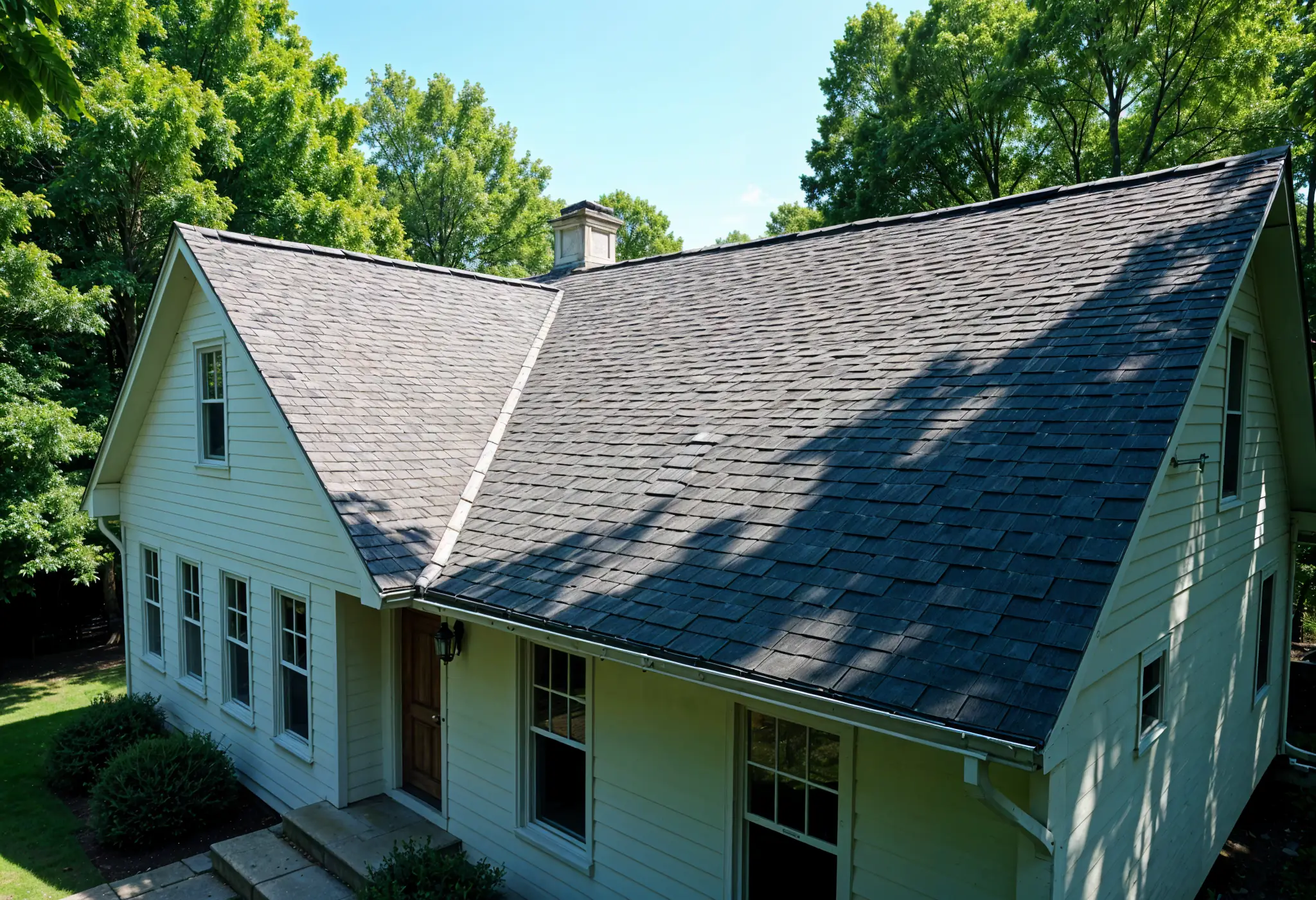
How Virginia's Climate Speeds Up Roof Deterioration
Virginia's unique climate creates a perfect storm of conditions that can rapidly accelerate roof deterioration. Unlike other regions, the state's combination of extreme seasonal changes puts extraordinary stress on roofing materials year-round, leading to distinct seasonal damage patterns.
UV exposure and heat damage
Virginia summers bring intense sunlight and temperatures that frequently climb above 90°F. This persistent heat causes asphalt shingles to expand during daylight hours and contract at night - a cycle that gradually weakens their structure. Additionally, prolonged UV exposure breaks down the oils in roofing materials, making them brittle and susceptible to cracking.
The summer heat doesn't just affect the surface of your roof. As temperatures rise, your attic can reach up to 150°F without proper ventilation. This extreme heat effectively cooks your roofing materials from below, accelerating deterioration and potentially cutting years off your roof's lifespan. A thorough ventilation assessment can help identify and address these issues.
Humidity and attic ventilation issues
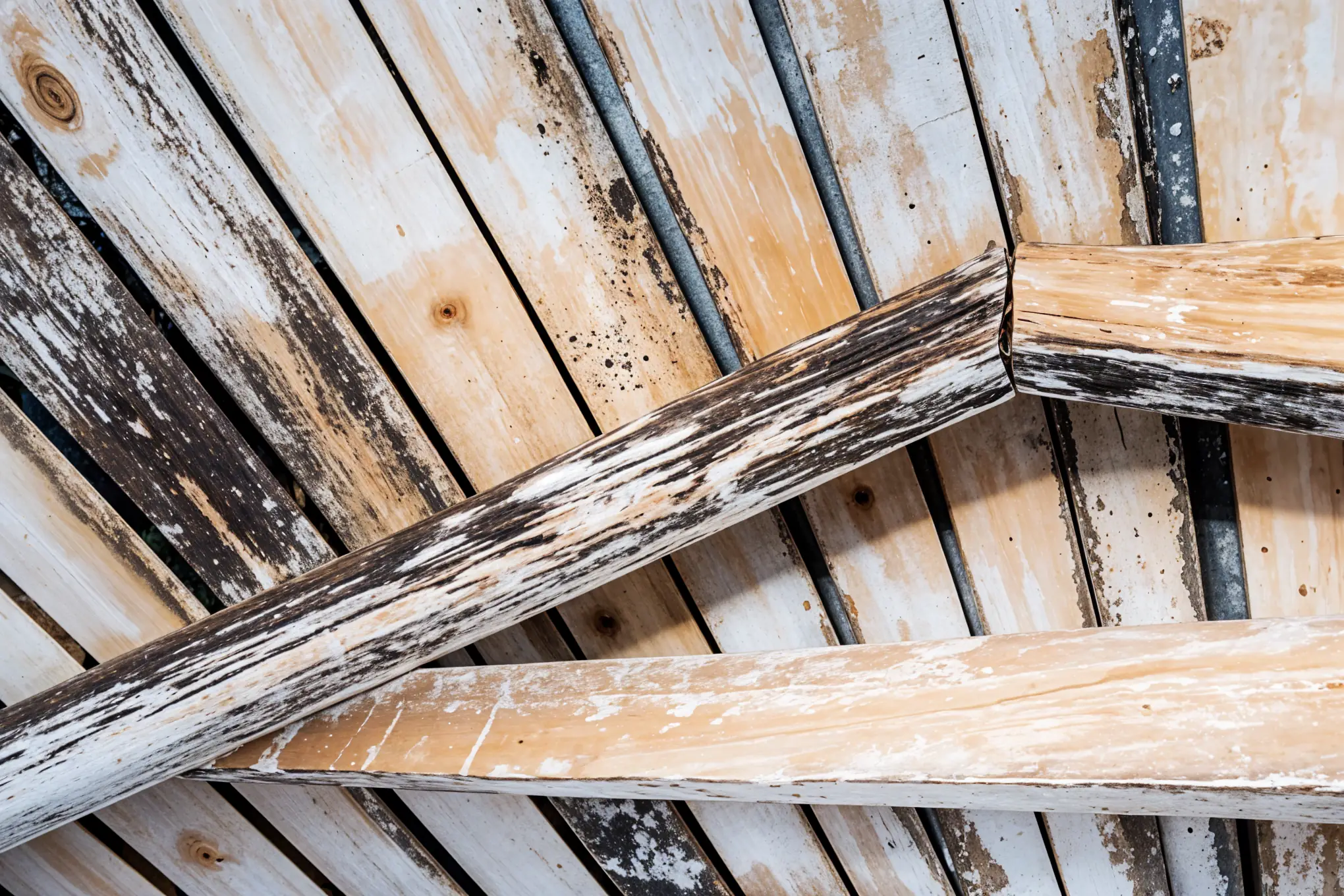
Beyond heat, Virginia's notorious humidity presents another serious challenge. The state experiences average humidity levels between 70-75% throughout much of the year, creating ideal conditions for moisture-related damage.
This high humidity, when combined with poor attic ventilation, leads to several problems:
- Condensation forming under the roof deck
- Wood rot in rafters and decking
- Mold and mildew growth throughout roofing components
- Insulation compression and reduced effectiveness
Proper ventilation becomes especially critical in Virginia homes. Without adequate airflow, trapped moisture can't escape, essentially creating a sauna-like environment that deteriorates roofing materials from the inside out. Ridge vent installation can significantly improve attic ventilation and help mitigate these issues.
How long does a roof last in Virginia?
Given these climate challenges, Virginia homeowners should adjust their expectations for roof longevity:
- Asphalt shingles: 15-20 years (instead of the manufacturer's 25-30 year rating)
- Metal roofing: 30-45 years (rather than 50+ years in ideal conditions)
- Slate and tile: 75-90 years (instead of 100+ years)
The combination of summer heat, winter freeze-thaw cycles, high humidity, and storm exposure collectively reduces most roofing materials' effective lifespan by approximately 15-20%. Furthermore, homes in coastal areas face even greater challenges from salt exposure and higher wind conditions, potentially reducing longevity by an additional 5-10%.
Regular maintenance becomes especially important given these conditions. Annual inspections can identify problems early, essentially extending your roof's functional lifespan despite Virginia's challenging climate.
Don’t let Virginia’s brutal sun, humidity, and storms steal years from your roof. Schedule a professional inspection with My Modern Renovations today - catch problems early, extend your roof’s life, and avoid costly surprises. Get your free estimate now.
Exterior Signs You Shouldn't Ignore
Spotting exterior damage early is your first line of defense against costly roof failures. These visible warning signs often appear long before interior leaks develop, giving you valuable time to address problems while they're still manageable.
Cracked or missing shingles VA
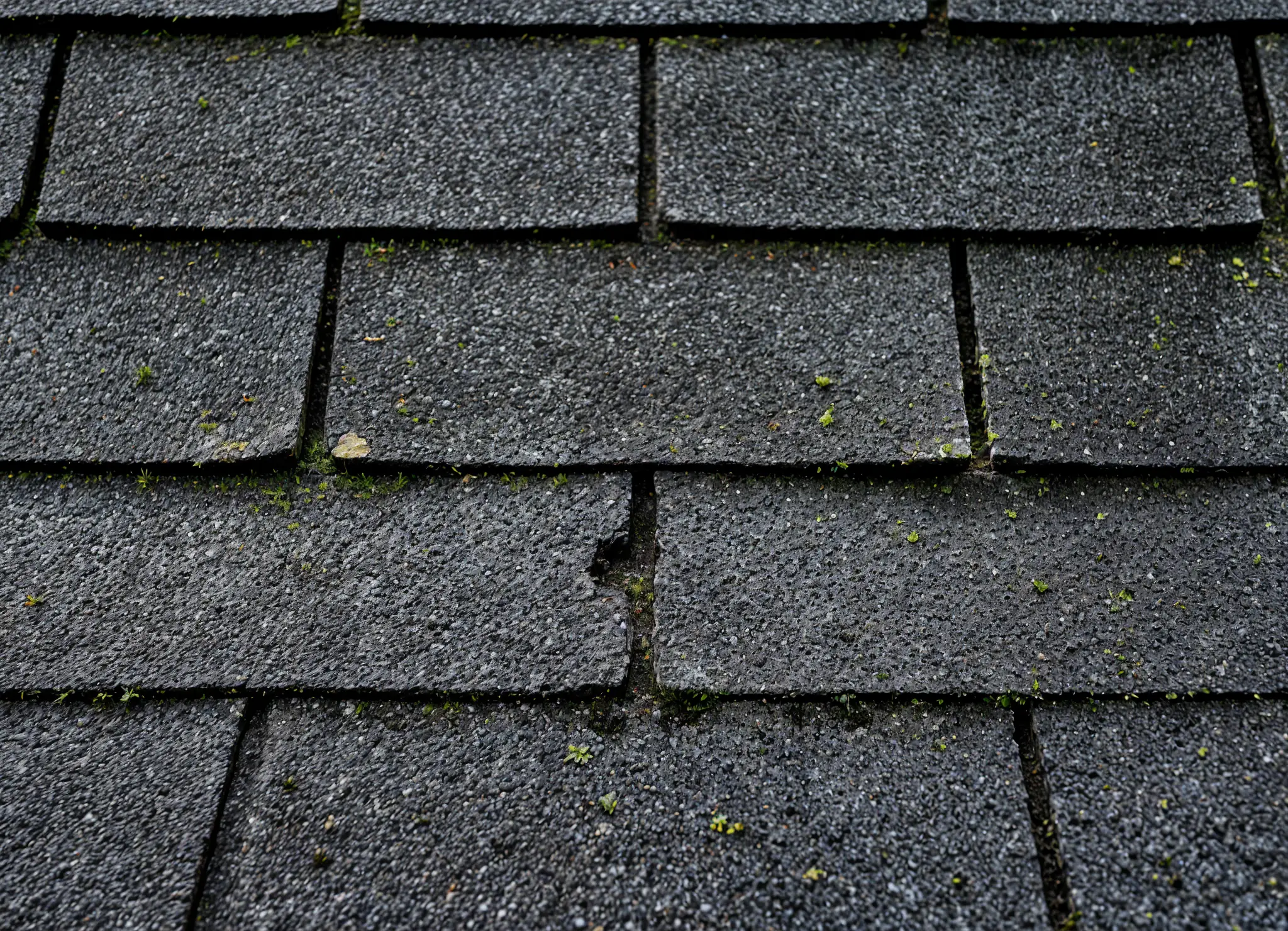
Damaged shingles are among the most obvious indicators of roof deterioration. Look for shingles that appear curled at the edges, buckled in the middle, or have completely detached from your roof. Dark patches indicate areas where granules have worn away, leaving the asphalt exposed to further damage. After storms, examine your yard for shingle fragments - these pieces are evidence that your roof's protective layer is compromised.
Pay special attention to shingles along roof valleys and near chimneys, as these areas experience concentrated water flow and are consequently more prone to deterioration. The edges of your roof also deserve careful inspection since they often face the brunt of wind damage. Additionally, be on the lookout for exposed roofing nails, which can lead to leaks and further deterioration if left unaddressed.
Gutter overflow and drainage problems

Your gutters tell an important story about your roof's condition. Clogged gutters filled with shingle granules signal that your roof is actively deteriorating. These tiny granules resemble coarse black sand and protect shingles from UV rays - finding them in abundance means your roof is losing its protective coating.
Additionally, watch for water staining or rust marks on gutters and downspouts. These indicate that water isn't flowing properly through your drainage system. During rainfall, observe whether water spills over gutter edges or backs up under shingles. Such improper drainage ultimately forces water under your roofing materials, leading to decay of the underlying structure. A thorough gutter system evaluation can help identify and address these issues before they cause significant damage.
Moss, algae, and mold on roof Virginia
Biological growth on your roof isn't merely an esthetic issue in Virginia's humid climate. Black streaks running down your roof are typically Gloeocapsa magma algae, which feeds on limestone filler in shingles. Moss growth retains moisture against your roof surface, accelerating deterioration by keeping materials consistently damp.
Northern-facing roof sections typically show these problems first since they receive less direct sunlight. While some growth might seem harmless, it can lift shingles and create entry points for water. Furthermore, heavy moss accumulation adds unexpected weight to your roof structure, potentially leading to sagging over time. In severe cases, you may need professional mold removal services to address the issue thoroughly.
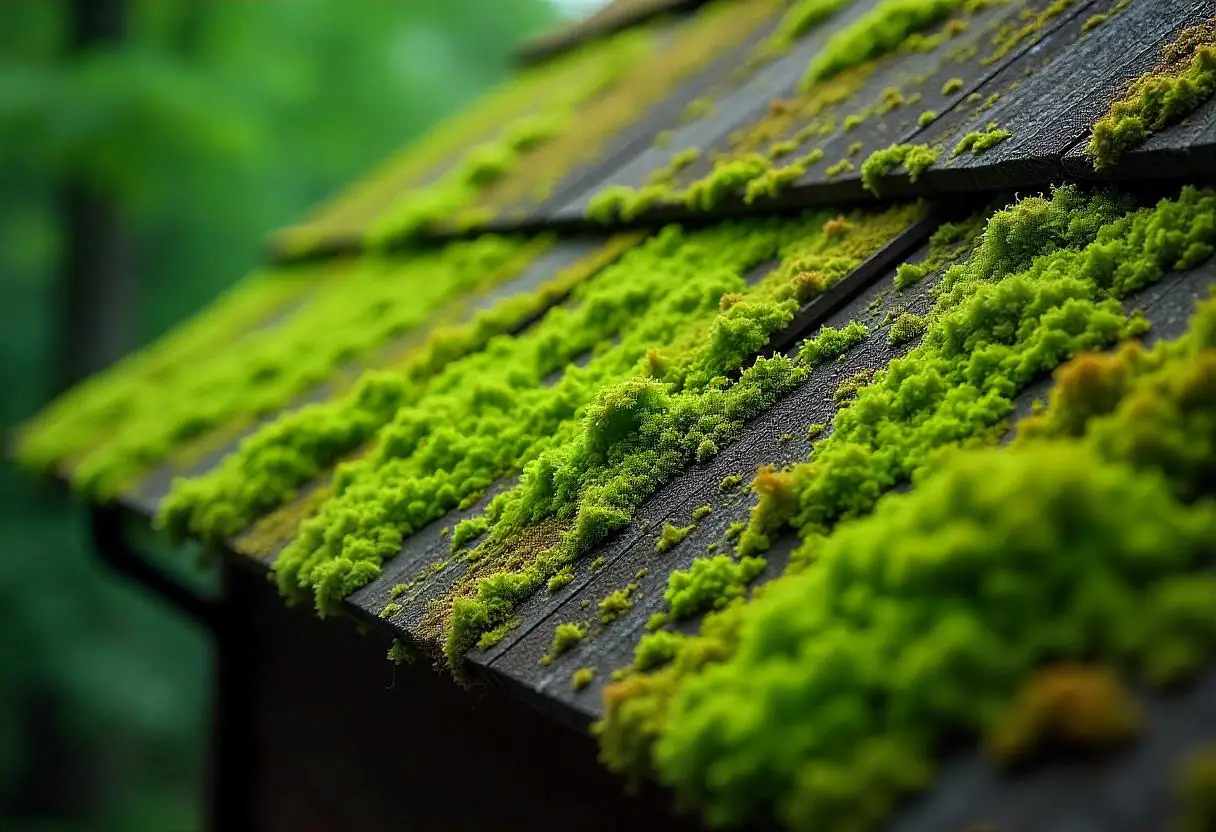
Interior Clues of a Failing Roof
While exterior inspection offers valuable insights, your home's interior often reveals the first subtle hints of roof deterioration. These warning signs manifest long before you might notice external damage, providing critical early detection opportunities.
Water stains ceiling VA and attic spots
Water stains on ceilings appear as discolored patches - typically brown, yellow, or gray - and signal that moisture has already penetrated your roofing system. The appearance of these stains often changes over time, expanding outward in concentric circles with darker edges and lighter centers. Although seemingly minor, these marks indicate potential structural damage occurring above and may require water damage restoration if left unaddressed.
In your attic, examine rafters and roof boards with a flashlight for discoloration. Dark, damp wood pinpoints exactly where leaks originate. Moreover, look for rust on nails, foggy windows, or buckled roof sheathing - all indicating moisture problems that demand immediate attention. Professional water damage detection services can help identify hidden issues before they cause extensive damage.
Musty smells and mold growth
Persistent musty odors throughout your home's upper levels often reveal hidden roof problems. Primarily, these smells intensify near specific attic areas or become more noticeable during heating or cooling cycles. This unpleasant scent typically results from poor ventilation causing humid air to become trapped.
Mold develops rapidly in these conditions, typically appearing within 24-48 hours after water exposure. Attics provide ideal conditions for mold to thrive - dark spaces with temperatures between 40°-100°F and humidity above 70%. Beyond the unpleasant odor, exposure can trigger health issues ranging from mild allergies to serious respiratory problems. Understanding mold growth patterns can help you identify and address the issue early. In severe cases, attic mold remediation may be necessary to ensure a safe and healthy living environment.
Unusual spikes in energy bills
Unexplained increases in your energy costs frequently indicate compromised roof integrity. A damaged roof allows conditioned air to escape while outdoor air infiltrates your home, forcing heating and cooling systems to work harder. Subsequently, your utility bills climb as your home struggles to maintain comfortable temperatures.
Wet insulation caused by roof leaks can reduce energy efficiency substantially. Accordingly, a wet attic can raise energy bills by approximately 20%, highlighting the importance of addressing roof issues promptly. Generally, moisture problems stemming from poor ventilation or leaks impact your comfort and your wallet simultaneously. Monitoring energy efficiency changes can help you spot potential roof issues early on.
Spot water stains, musty smells, or rising energy bills? Don’t wait - these are clear signs your roof’s failing. Call My Modern Renovations today for a thorough inspection and protect your home from costly water damage and mold. Get your free estimate now.
When to Call a Pro for Roof Inspection Virginia
Recognizing when to call a professional roofer can save you thousands in preventable damage. Knowing the optimal timing for inspections helps maintain your roof's integrity throughout Virginia's challenging seasonal changes.
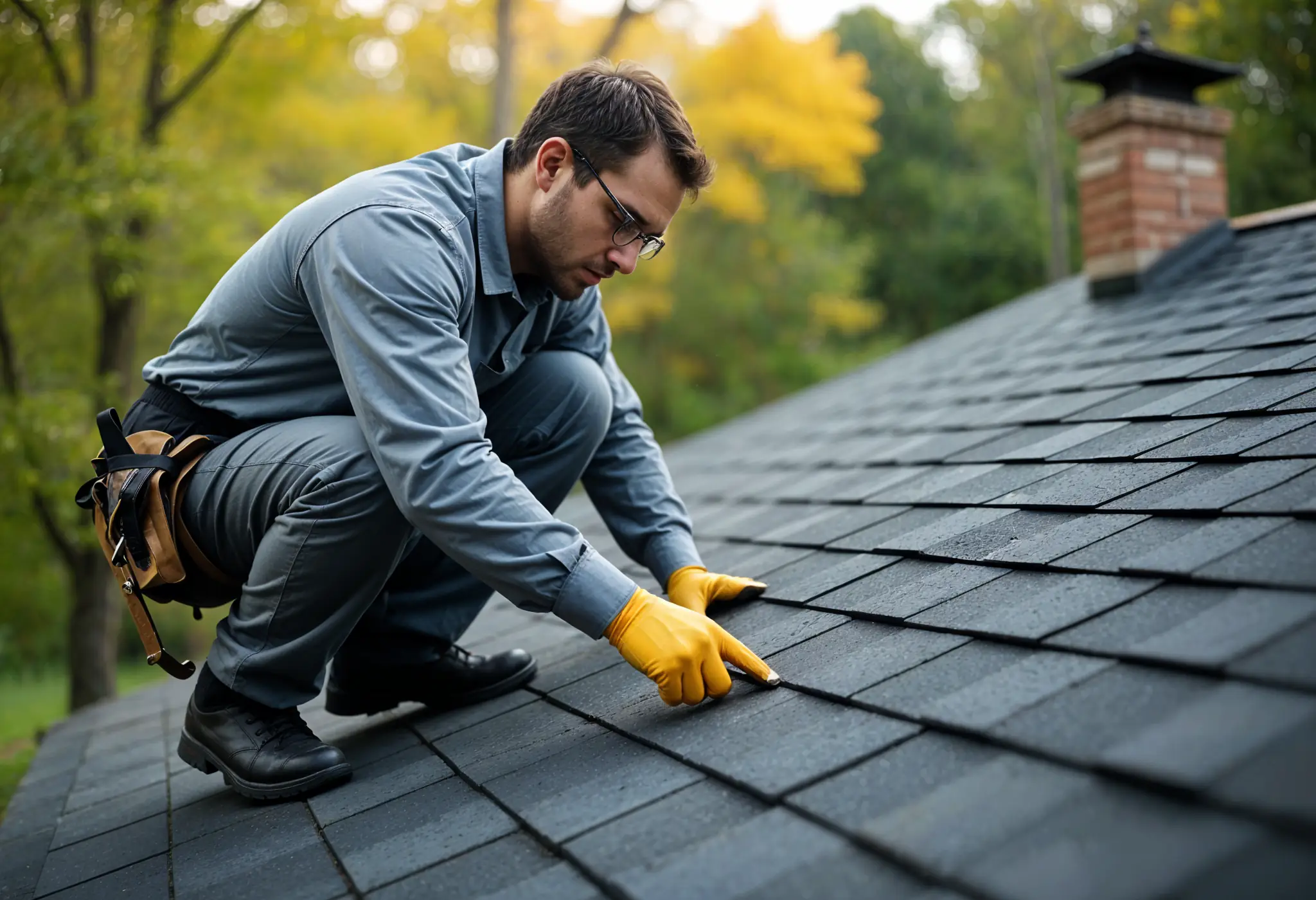
Best times to schedule inspections
Professional roof inspections should be scheduled twice yearly - ideally in spring and fall. Spring inspections allow assessment of winter damage before summer storms can worsen existing problems, while fall inspections prepare your roof for winter's harsh conditions.
Beyond seasonal checkups, certain situations demand immediate professional attention:
- After severe storms with high winds or hail
- Before finalizing a home purchase
- Prior to major structural modifications or additions
- When your roof approaches 20-25 years old for asphalt shingles
- If you notice any interior warning signs discussed earlier
Even without visible damage, annual professional inspections can add approximately 7 years to your roof's lifespan. This preventative approach helps identify small issues before they escalate into costly emergencies.
What roofers look for during assessment

Professional inspections go far beyond what homeowners can see from the ground. Qualified roofers conduct comprehensive evaluations that include:
- Structural integrity assessment of decking and trusses
- Moisture detection in insulation and support systems
- Material analysis for wear patterns and deterioration
- Examination of flashing around chimneys and penetrations
- Evaluation of gutter systems and drainage pathways
- Attic ventilation effectiveness
- Roof leak detection and identification of hidden roof leaks
- Roof structure assessment and structural integrity evaluation
- Flashing integrity issues and chimney flashing issues inspection
- Worn pipe boots and plumbing vent flaws examination
- Previous repair assessment to ensure lasting solutions
These thorough inspections typically take 1-2 hours, with costs ranging from $120-$400 depending on roof size and complexity. Protect your Virginia home with expert roofing you can count on. Contact My Modern Renovations today for a free estimate and long-lasting peace of mind.
VA loan and documentation requirements
For VA loans, roof documentation must meet specific standards. Inspection reports need to include:
- Detailed assessment of defective conditions
- Evidence that repairs meet local requirements
- Confirmation of proper zoning compliance
VA loans require proof that properties remain safe, structurally sound, and sanitary. Thus, thorough documentation from professional inspections serves as essential evidence that your roof meets these standards. Although a roof inspection isn't mandatory for VA loans, it provides critical information beyond what standard VA appraisals cover.
Conclusion
Virginia’s harsh weather, high humidity, and powerful storms shorten your roof’s lifespan by years. Staying alert is key. Regular roof inspections—especially in spring and fall - can add up to 7 years of life by catching issues like cracked shingles, gutter overflow, mold, or water stains before they become disasters. In this guide, you’ve learned how to spot roof deterioration early, avoid costly structural damage, and protect your home’s value. Remember: unexplained energy bills, musty smells, or missing shingles are red flags. Act fast. With this knowledge, Virginia homeowners can prevent major repairs, save thousands, and keep their homes safe.
Don’t let Virginia’s weather destroy your roof or your wallet. If you’ve noticed cracked shingles, mold, water stains, or even higher energy bills - act now. Schedule a free inspection with My Modern Renovations and stop small problems from turning into massive expenses. Protect your home and save thousands today.
Key Takeaways
Virginia's challenging climate significantly reduces roof lifespan, making early detection of deterioration crucial for preventing costly emergency repairs and protecting your home investment.
• Virginia's climate reduces roof lifespan by 15-20%, with asphalt shingles lasting only 15-20 years instead of the rated 25-30 years.
• Watch for exterior warning signs: cracked/missing shingles, gutter overflow with granules, and moss/algae growth indicating moisture problems.
• Interior clues reveal hidden damage early: water stains on ceilings, musty odors, mold growth, and unexplained energy bill spikes.
• Schedule professional inspections twice yearly (spring and fall) to add approximately 7 years to your roof's functional lifespan.
• Act immediately after severe storms or when noticing warning signs - small repairs prevent major structural failures costing thousands.
The combination of UV exposure, humidity, and extreme weather makes Virginia particularly harsh on roofing materials. By recognizing these warning signs and maintaining regular professional inspections, homeowners can protect their investment and avoid the financial devastation of emergency roof replacement.
FAQs
Q1. How often should I have my roof inspected in Virginia? It's recommended to have professional roof inspections twice a year, ideally in spring and fall. Spring inspections assess winter damage before summer storms, while fall inspections prepare your roof for winter conditions. Regular inspections can add about 7 years to your roof's lifespan.
Q2. What are some early signs of roof deterioration I should look for? Watch for cracked or missing shingles, gutter overflow with granules, and moss or algae growth on the roof exterior. Inside, look for water stains on ceilings, musty odors, mold growth, and unexplained spikes in energy bills. These are all indicators that your roof may need attention.
Q3. How long can I expect my roof to last in Virginia? Due to Virginia's climate challenges, roof lifespans are typically reduced by 15-20% compared to manufacturer ratings. Asphalt shingles may last 15-20 years, metal roofing 30-45 years, and slate or tile roofs 75-90 years. Regular maintenance is crucial to maximize lifespan.
Q4. What should a professional roofer look for during an inspection? A thorough inspection includes assessing structural integrity, checking for moisture in insulation and support systems, analyzing material wear, examining flashing and penetrations, evaluating gutters and drainage, and assessing attic ventilation. This comprehensive approach helps identify issues invisible from ground level.
Q5. How does Virginia's climate affect roof deterioration? Virginia's unique climate, with its intense UV exposure, high humidity, and extreme weather events, accelerates roof deterioration. The combination of heat, moisture, and seasonal storms can cause materials to expand and contract, leading to faster wear and potential damage. This makes regular maintenance and inspections particularly important for Virginia homeowners.

4 steps to get your house safe
Book your Consultation
Removal & Preparation
Professional Installation
Post-Care & Warranty
Licensed & Insured
Turn Key Solution
Low Interest Financing







